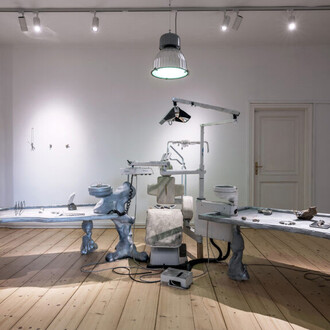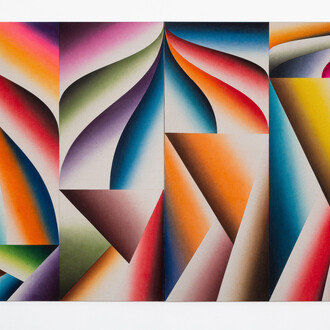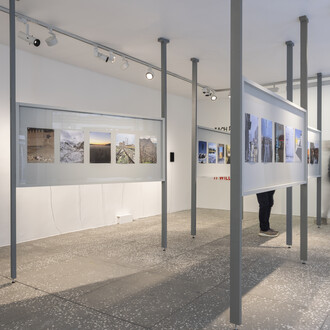The charm of history lies in asking questions and finding answers to them. The less evidence, the more exciting it is! The identity and power relations of the society in prehistoric times have generated a lot of discussion for the past couple of decades. With the exhibition ‘Why is Estonia not a kingdom?’ we wish to highlight these topics again and ask how society functioned in Estonia from the latter centuries of the prehistoric times to the Saint George’s Night Uprising in the Middle Ages. What went differently or similarly compared to neighbouring countries that had already established their own kingdoms or principalities?
It has been suggested that the position of a king in Estonia existed as early as in the Bronze Age (1100-500 BC). At the end of prehistoric times, the local society underwent a transition from communities led by strong chiefs to a more centralised structure. Or did they? But if they did, then who lead this undertaking? Were they locals or foreigners? Why did people pass on the idea of a king in their proverbs and place names? Would the royalist movement around the time of Estonia’s re-independence have turned Estonia into a kingdom?
There tend to be more questions than answers. In order to find answers, we can use archaeological findings, which are fragmentary; old documents, which are elliptical; and chronicles, which have been written by foreigners. One important factor in history’s narrative is researchers’ knowledge and interpretive courage. This is why we have invited four top researchers to our exhibition – two archaeologists, a numismatist and a historian – to answer the question “Why is Estonia not a kingdom?” So, why is Estonia not a kingdom?
















